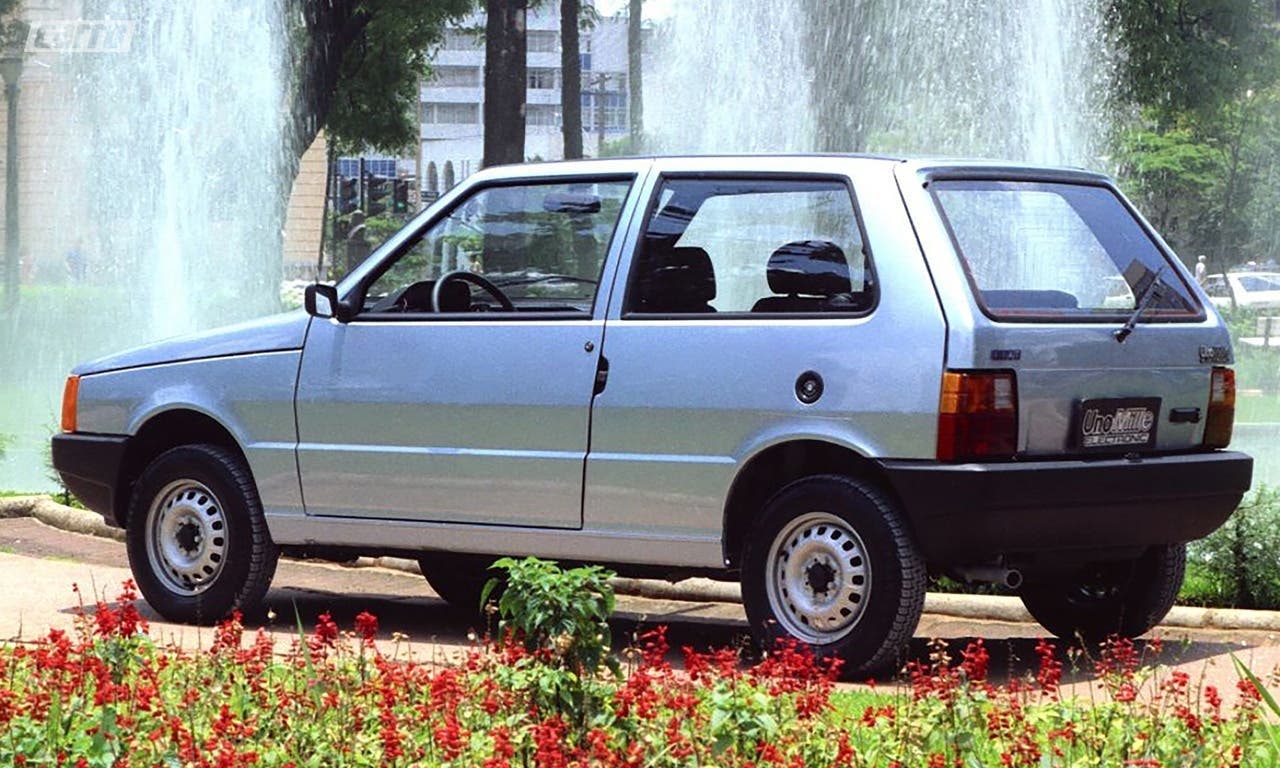In August 1990, Fiat launched the Fiat Uno Mille as Brazil’s first 1.0-liter car. The new engine arrived six years after the model’s original debut in 1984. Over its 23 years on the market, the 1.0-liter version went through dozens of updates. The first-generation Uno Mille’s story came to an end in December 2013 with the special “Grazie Mille” edition, marking the end of its production.
Fiat Uno Mille: a journey through Brazil’s best-known compact car

The following year, Fiat introduced the Uno Brio, recognizable by a sticker on the C-pillar with the model’s name. Its main upgrades included a twin-body carburetor and a 54-hp engine, which was a significant improvement for the time.
In November 1992, the Uno Mille Electronic debuted, featuring digital ignition that allowed for a higher compression ratio while still using the twin-body carburetor. Shortly after came the Mille ELX, equipped with the 1.0-liter engine and comfort features previously reserved for more expensive cars, such as air conditioning, power windows, and central locking, making the model more comfortable and complete for customers.
The sporty highlight of the lineup came in 1994, when Fiat brought to Brazil the first locally available car with a factory turbocharger: the Uno Turbo ie. Built in Italy and powered by a 1,372 cc engine, it quickly became a dream car for young enthusiasts.
Starting in 1995, electronic fuel injection was added to the Fiat Uno Mille, modernizing the compact and preparing it for new emissions standards. Two years later, in 1997, the brand streamlined its lineup and focused on the mid-level SX version. This also marked the launch of the Young special edition, known for its light-colored dashboard and decorative decals aimed at younger drivers.
In 1998, the Uno SX was replaced by the EX version, produced until 2000, when the Uno Smart was introduced. This variant stood out with a redesigned front grille and a four-spoke steering wheel. That same year, the hatchback received the modern 55-hp Fire engine, representing an important step forward in both reliability and efficiency.
In 2004, the Uno Mille went through the most radical facelift in its history: a completely new front end, redesigned headlights, grille, bumper, hood, tailgate, and taillights. In 2005, the Mille adopted Flex technology, allowing it to run on gasoline, ethanol, or any blend of the two, making the model more versatile and better suited to the needs of a changing market.
